Skip to content


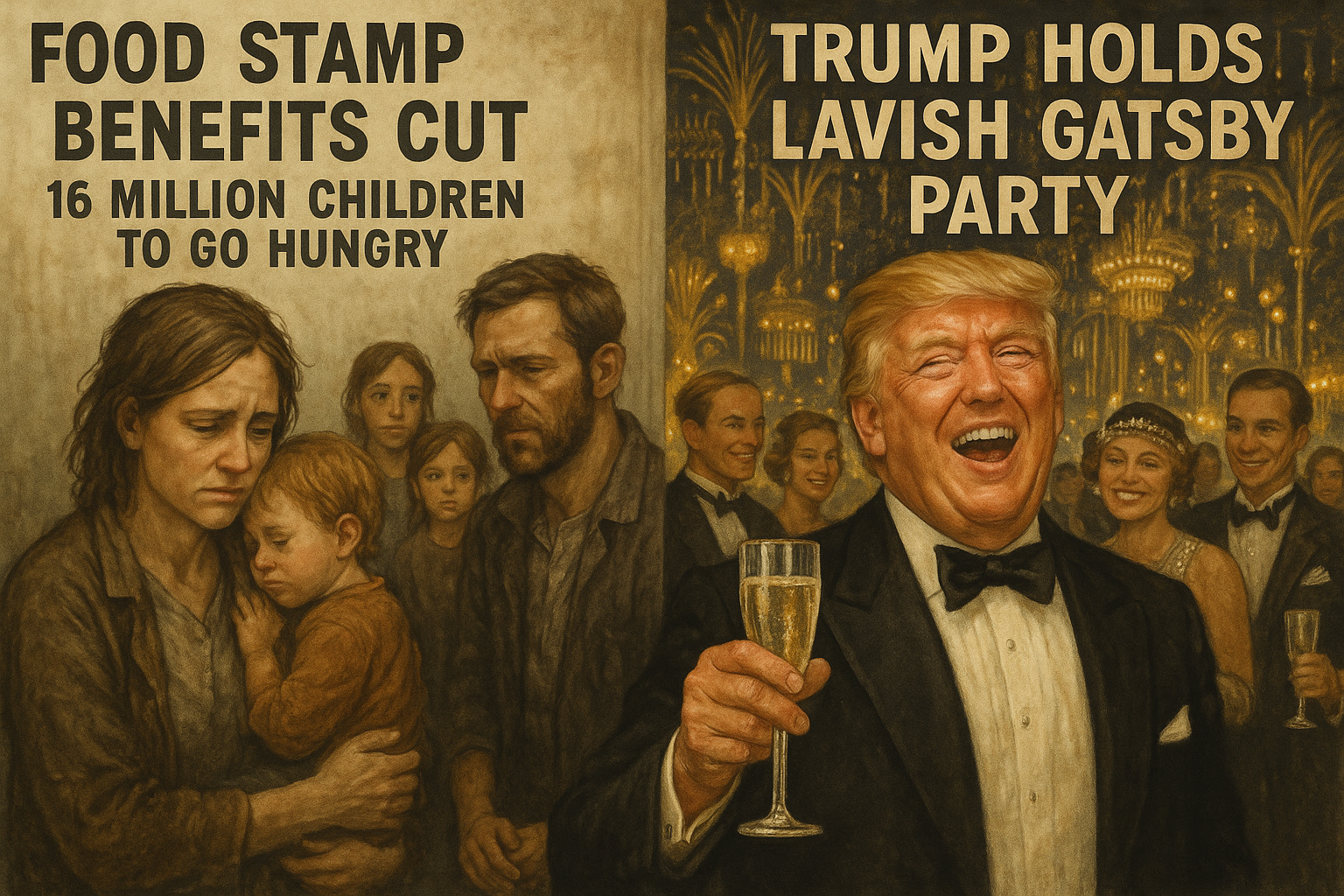



So before we celebrate or condemn, maybe we should pause and ask the one question that still matters:




When the Napoleon jewels were stolen, the true loss wasn’t the sparkle or the weight of gold.
That same tragedy plays out in another form when public institutions are treated as personal trophies.
We can recognize theft when it’s jewels and gold.
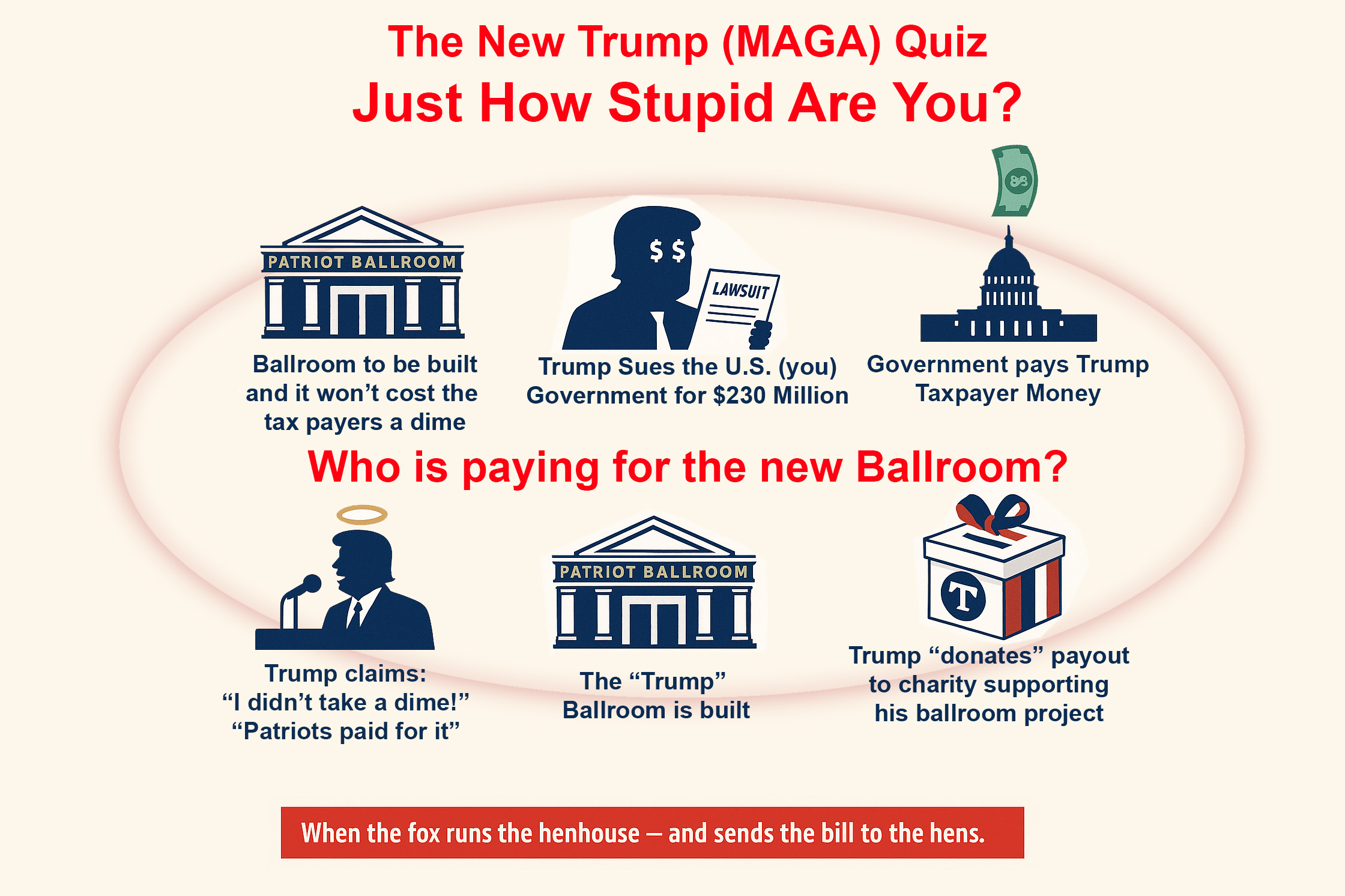
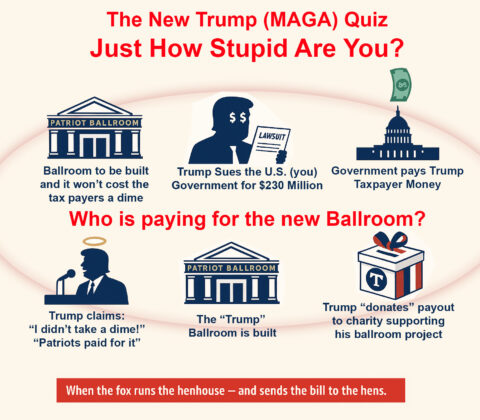

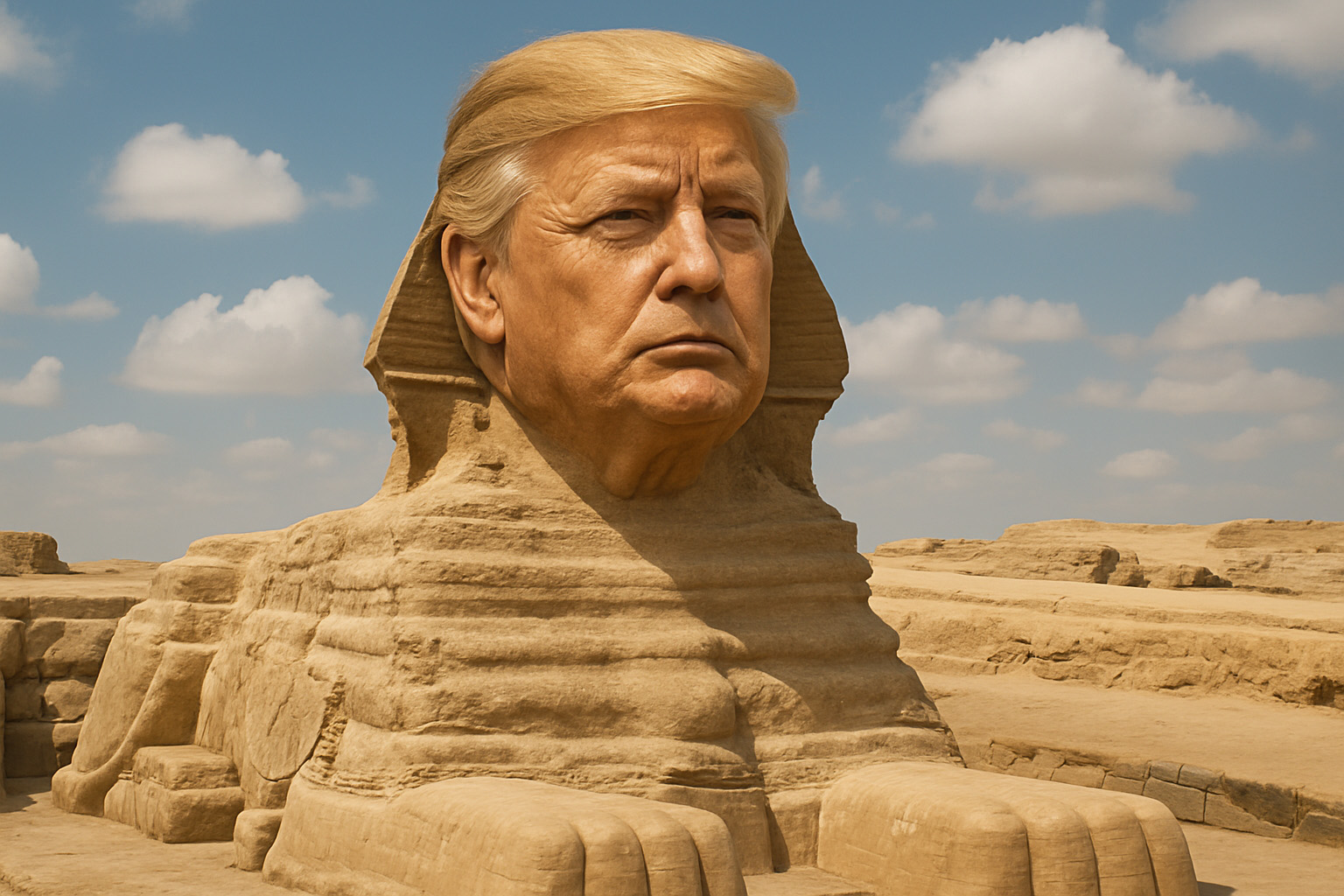
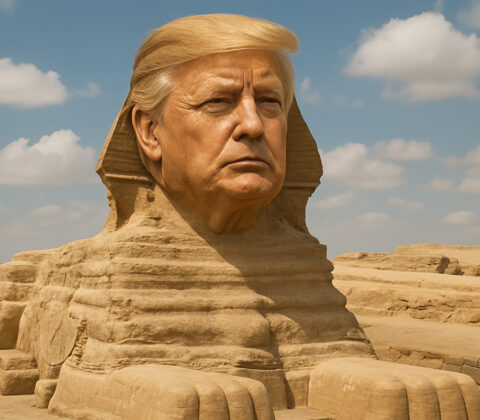
Posts in Category: The Fallout


The MAGA Christmas, take one
On
- Cartoons, The Fallout
Do you have a family member that responds, Well Biden, every time a Trump fiasco hits the fan? Well for this Christmas, get them a true gift. Get them an exorcism.



Senators, Congressmen and Wannabees
I don’t see you putting that distance between King Putz and your future. The Election that just ended should be more than the hand writing on the wall. I will be your obituary if you don’t remember why you got the job to begin with. It’s time for a reality check. Conspiracy Theory Greene is doing that right now. She may be crazy, but she’s not stupid.
Here’s Looking At You



What If Only the Truth Was Spoken
They tell us inflation is down, gas is cheaper, and rents are easing — and maybe some of that’s true. But what if only the truth was spoken? What if we stopped polishing numbers to fit a narrative and started admitting the real cost people are paying?
The truth isn’t partisan. It’s not red or blue — it’s the foundation that lets a country stand upright. When leaders on any side twist facts to soothe their followers or score a headline, they’re not leading; they’re managing illusions.
So before we celebrate or condemn, maybe we should pause and ask the one question that still matters:
What if only the truth was spoken?



Bye Bye MAGA Hat
Disclaimer: I am a registered Republican, Trump blew it on Jan 6th, 2020 – He proved it was all about Him. When vote time came, I wrote in Nicki Haley as my protest. A wasted vote yes, but I did know we needed a change, just not to a lying Dictator that put America up for sale. Bash me if you want. But that’s who I am.
Purpleman
Something’s stirring in America’s heartland, a subtle tremor you won’t catch in the headlines or poll numbers. It’s in the furrowed brows, the hushed conversations, the moments of doubt creeping into the eyes of those who once waved flags with unshakeable fervor.It’s the sting of realizing the deal wasn’t what it seemed.
Folks who rallied behind Donald Trump’s bold promises are starting to see the real cost—not just in their wallets, but in eroded trust, vanishing healthcare, and a party more loyal to one man than to the people.
The chants of “Make America Great” now echo against a backdrop of legal battles and unkept vows.You hear it in the murmurs: “This isn’t what I signed up for.” Even among the staunchest supporters, the question lingers—when did devotion to a cause become a blank check for power?
This cartoon series dives into that unease with a wry lens, not to point fingers but to hold up a sketchpad. Through sharp wit and vivid imagery, it captures the slow unraveling of blind allegiance. What does it look like when the scales fall from someone’s eyes? When they see their patriotism was a prop in someone else’s play? These drawings don’t preach. They provoke thought. Because waking up to reality is tough—but it’s the spark that lights the way to something better.


The Treasures We Destroy for Ourselves
On
- Commentary, The Fallout
When the Napoleon jewels were stolen, the true loss wasn’t the sparkle or the weight of gold.
It was what they represented — history, artistry, and a legacy shared across generations.
Now, melted down and sold off, they’ll shine again only as fragments of what they once meant.

That same tragedy plays out in another form when public institutions are treated as personal trophies.
When the halls built for service become stages for self-promotion, when the symbols of democracy are stripped of meaning for ambition’s sake, something sacred is dismantled.
The structure remains, but the purpose is hollowed out.
We can recognize theft when it’s jewels and gold.
It’s harder when the stolen thing is trust — or the quiet dignity of public duty.
But the damage runs deeper, and the loss is ours to bear.



The Trump Donation Loop: How Taxpayer Money Could Indirectly Fund a White House Ballroom

/
RSS Feed
The Trump Donation Loop: How Taxpayer Money Could Indirectly Fund a White House Ballroom
Donald Trump has publicly claimed he will seek roughly $230 million from the federal government for past investigations, including the FBI search of Mar-a-Lago and the 2016 campaign inquiry. Simultaneously, he has stated that his planned White House ballroom — sometimes called the “Patriot Ballroom” — will be funded by donations from supporters, not from his personal funds.
At first glance, these statements seem unrelated. But when combined, a potential circular funding scenario emerges that raises serious legal and ethical questions.
Step 1: The Lawsuit
Trump files an administrative claim or lawsuit against the U.S. government, seeking $230 million in damages. He frames this as compensation for alleged government misconduct.
Step 2: The Payout
If the claim succeeds, the government (i.e., taxpayers) would pay Trump. He has suggested that any settlement “would have to go across my desk,” implying he could influence the outcome, though legally the settlement must follow standard Department of Justice procedures.
Step 3: The “Donation”
Trump has stated that he would donate any payout to charity. If the charity in question supports the ballroom project, the government funds could end up financing a building directly associated with Trump’s brand and political legacy, despite his claims of not taking the money personally.
Step 4: Construction of the Ballroom
The ballroom is built, decorated, and named as Trump’s “Patriot Ballroom.” It serves as a personal or political showcase, hosting events that reinforce his image.
Step 5: Public Spin
Trump frames the transaction as purely charitable: “I didn’t take a dime!” However, taxpayers have indirectly funded a project that benefits him personally and politically.
Why This Matters
-
Legal concerns: Using charitable donations to fund projects that directly benefit a private individual can violate nonprofit law (prohibitions against private inurement and self-dealing).
-
Ethical concerns: As president, influencing a government payout that ultimately funds one’s own branded project presents a glaring conflict of interest.
-
Public accountability: Even if Trump technically follows the rules, the appearance of impropriety is extreme, and watchdogs would likely investigate.
Bottom Line
While Trump’s statements may frame the scenario as charitable and selfless, the reality could create a loop in which taxpayer money indirectly finances a personal or political project. It’s a situation that raises questions about governance, ethics, and the limits of presidential power.



We don’t need no stinking Healthcare
On
- Cartoons, The Fallout
Not when we can have more monuments to Trump.

What’s next?
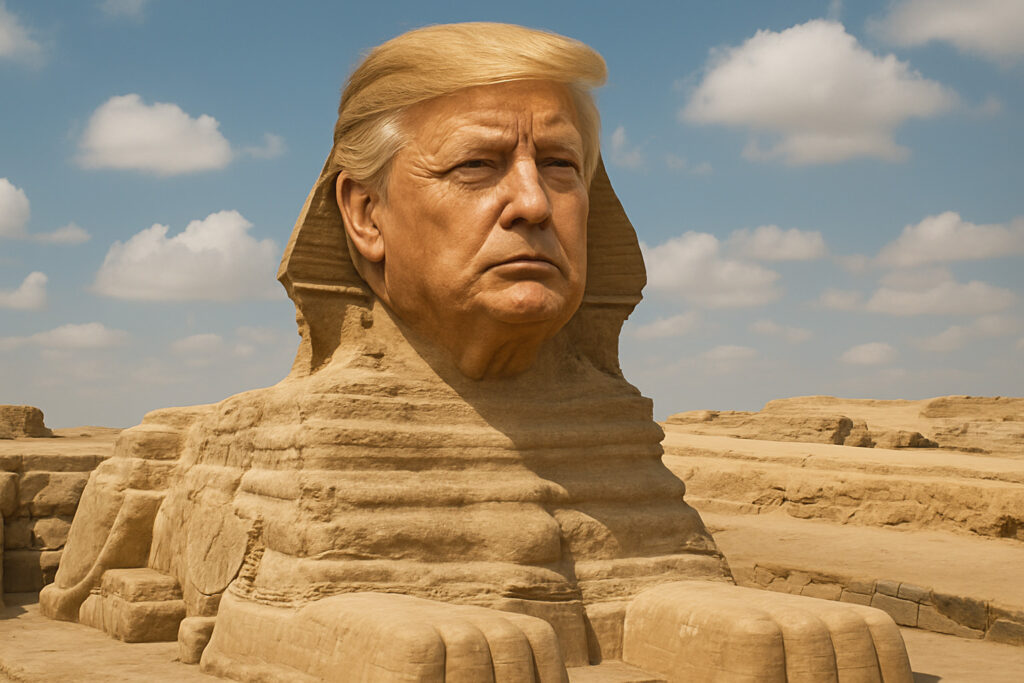










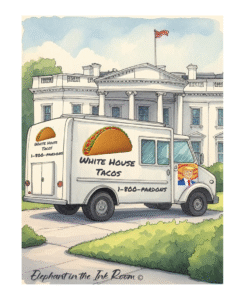
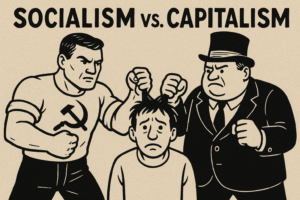
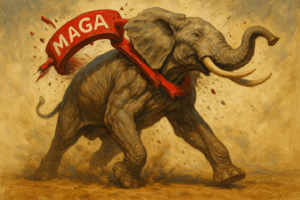



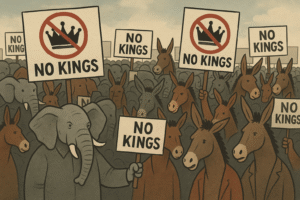

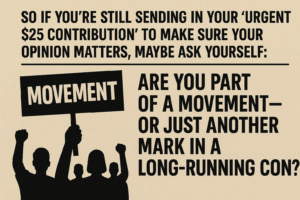



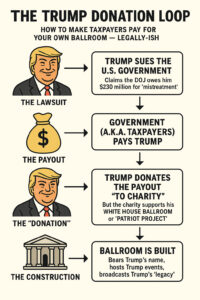
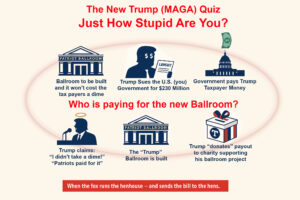































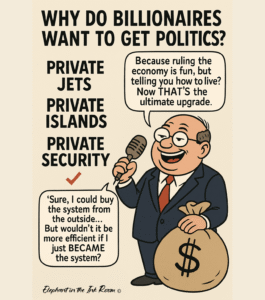
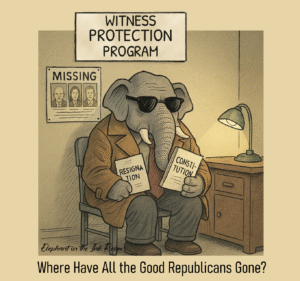
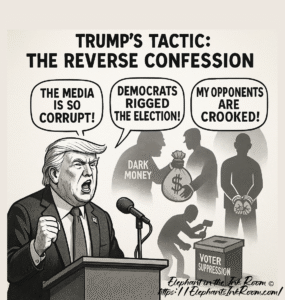

















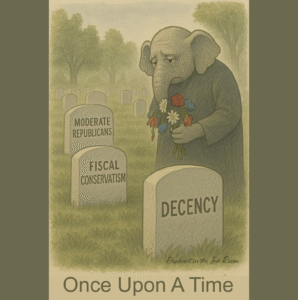


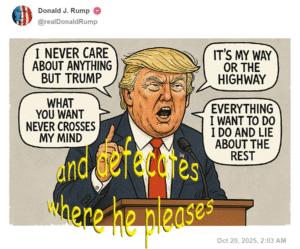



Weightloss, The Math, the Messaging, and the Missing Piece
During the November 6, 2025, Oval Office press conference, Dr. Mehmet Oz stated that Americans could collectively lose 135 billion pounds by the 2026 midterms thanks to the new deals making GLP‑1 weight-loss drugs more affordable. That would have implied roughly 400 pounds per person across the U.S. population — an obviously enormous number. He later clarified in an interview that he meant 135 million pounds, calling the billion-pound estimate a slip-up, and noted that his initial reference of 125 million pounds came from company projections. Health Secretary Robert F. Kennedy Jr. had previously projected a more modest 125 million pounds of collective weight loss.
This event coincided with President Trump announcing price cuts for GLP‑1 drugs like Wegovy and Zepbound from over $1,000 to as low as $149 per month for Medicare/Medicaid users, with executives from Eli Lilly and Novo Nordisk present. The conference even paused briefly when a Novo Nordisk executive fainted.
While the White House frames these numbers as a national health triumph — potentially preventing obesity-related illnesses and saving billions in healthcare costs — the broader issue remains: the two-tier system still privileges those with insurance or wealth, while leaving millions without coverage or resources behind. The projected weight loss is a headline grabber, but it doesn’t resolve the structural inequities in American nutrition and healthcare access.
Share this:
Like this: